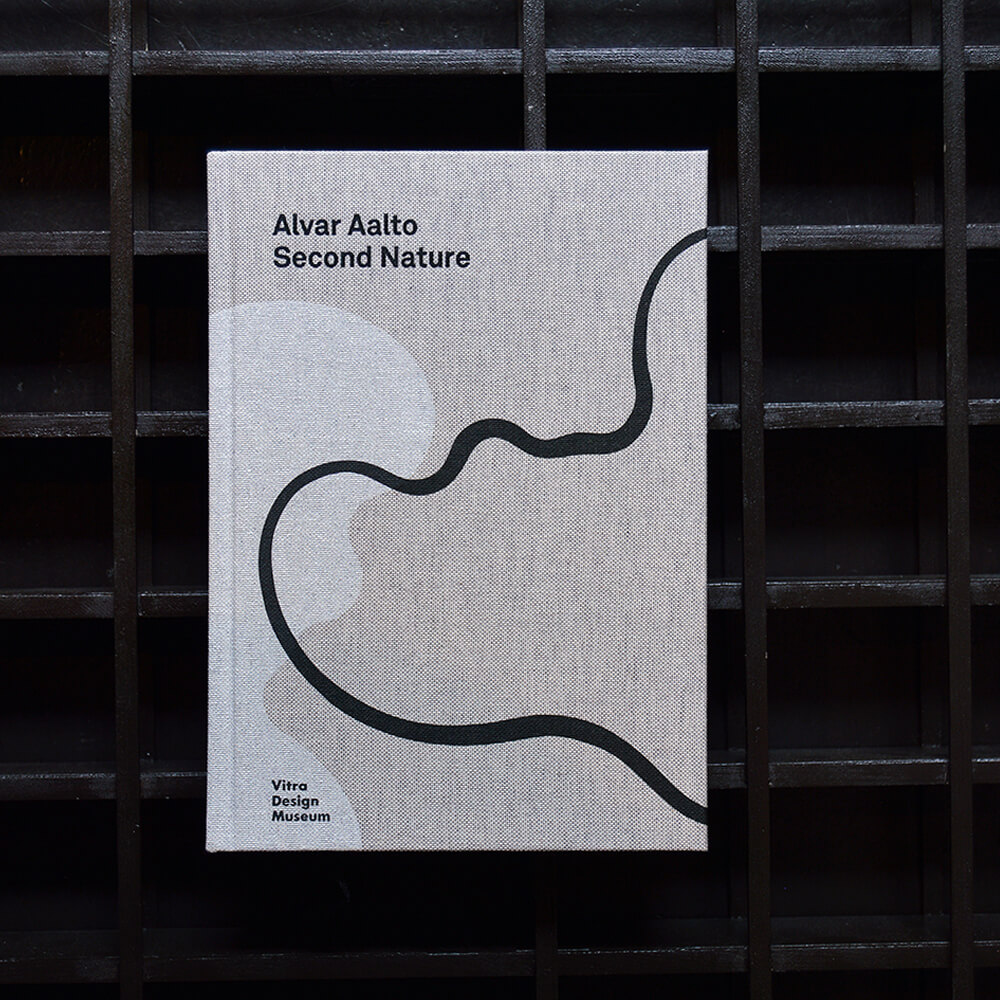** Our bookshop in Berlin-Mitte has closed ** Orders available only via www.bomdiabooks.de **

Adrian Williams. The Curve focuses on the sunset, the moment between day and night structuring our days into a before and an after. Our baring witness to the sunset relies on the specific constellation of time and place, events bound to the trajectory of the sun. The book is composed of three reflections on this space of transition as the sun slips beyond our line of sight. The horizon, the line between earth and sky becomes a surface for projection, for form in the absence of it, and although the sun sets every day, its movement familiar and predictable, it is nevertheless spectacular. The Curve is based on a performance of the same name by the U.S. artist Adrian Williams, realized in 2019 with six musicians at Preußenstadion home of the third-division soccer team SC Preußen Münster. At sunset, the stadium became the setting for an acoustic intervention of light and sound. The book extends the performance beyond its original venue with Münster’s Preußenstadion as its starting point. The three authors introduce encounters at dusk from different perspectives and tell stories linked to the course of the sun. Merle Radtke shares memories of sunsets seen and the art historical relationships to the natural spectacle we award them. From a rooftop in Washington, D.C., Matthathias Schwartz reenacts The Curve, listening to recordings from the stadium in Münster, at another place and time. Adrian Williams writes through the piece of the piece, voicing a possibility for the work’s intent. These three texts are wound between Williams’ photographs of sunsets at dusk: light on clouds, a reflection in a window, the glow behind a mountain. These images are always evidence of an instance recorded, of having been present at a time and place, for the meeting of the sun at the horizon. ↑ ↓ ↓
€21,00

The Space for Visual Research was established at the Bauhaus-University Weimar in 2013 as a workshop and laboratory for experimental research into new graphic, abstract and visual worlds. The Space’s mission is to support the exploratory urge for new aesthetics, in particular by empowering design students to create their own individual imagery. The resulting »Space for Visual Research« publication is a lab book, a log of visual experiments conducted using physics, chemistry, optics and reproduction technology as starting points for image production. Technical explanations open up possibilities for customized reproductions of each visual experiment presented here, while commissioned interviews and essays as well as a hand-picked bibliography render »Space for Visual Research« a useful reference tool for visual research generally today. ↑ ↓ ↓
€26,00
SOLD OUT
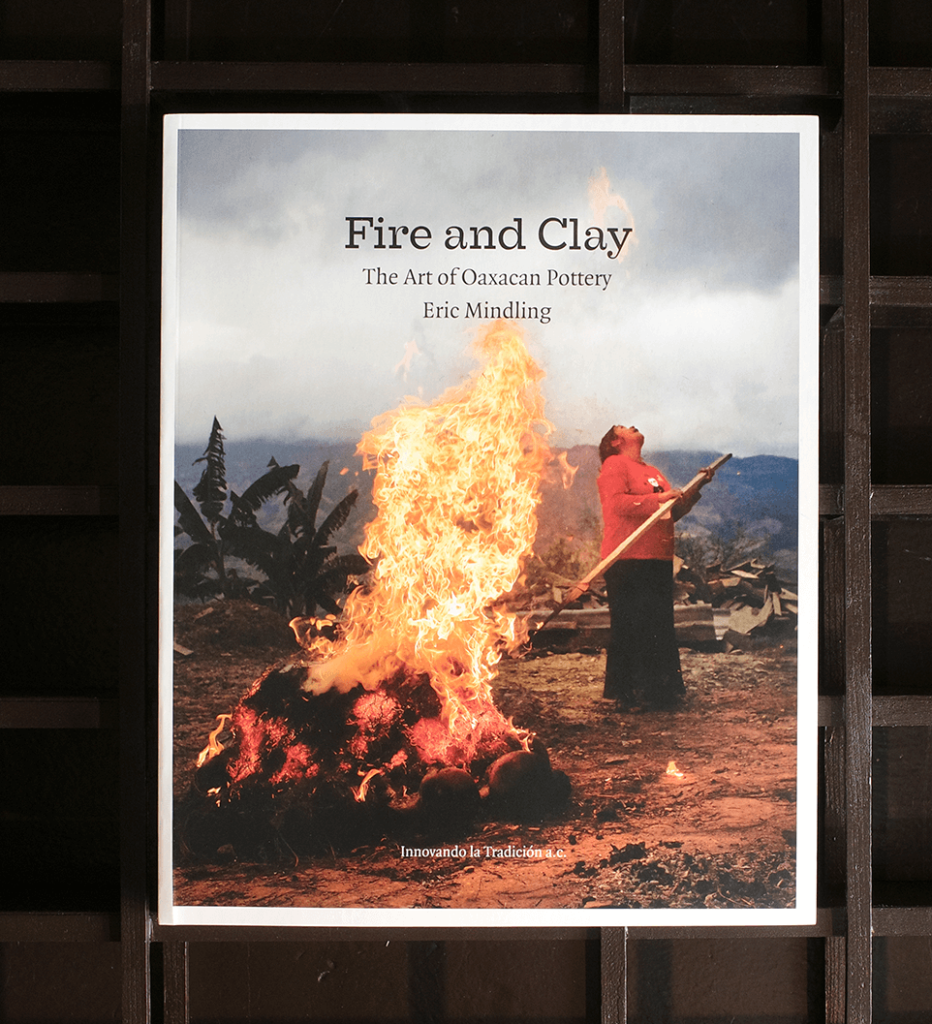
This book is an homage to the wisdom of potters and a journey into the depths of the ancient trade of pottery. Through beautiful imagery and delightful prose, the book explaines the wisdom of artisanal design and pottery’s important economical, social and identity-based roles. The book approaches pottery from a design perspective, touching on themes such as diversity in form, social contexts, funcionality, techniques and the challenges presented by modern times, providing us with the tools to understand pottery and potters in all their complexity. With a prologue by master ceramic artist, Gustavo Pérez, and photos by Paris Barrera. For explorers, there is a detailed guide to visit the 70 pottery villages presented in the book, with maps and directions. ↑ ↓ ↓
€26,00
SOLD OUT

In 1979 Munari donated part of his personal archive to the CSAC in Parma: a sort of encyclopedic collection of solutions for possible answers. From the very first drawings for abstract paintings in the Thirties to the studies for the Negativi-positivi, to the sketches for publishing graphics, to the series of the original editions of his games: a rich collection of Munari’s projects, many of them previously unpublished, which help understand Munari’s poetics “behind the scenes”. From the Bauhaus to Piaget’s psychological theories, Munari assimilated many visual and conceptual trends of the XXth century, re-proposing them in a very new and original creative richness. As it has been said, he “burns” a quantity of principles, each one of them could hold up a whole artistic life. From this collection is born an accurate and complete publication, an instrument with lots of cues and informations to know Munari before his works, through the projects. The book includes: A systematic essay by Gloria Bianchino, director of the CSAC, about Munari’s project poetics seen through his most important works; the “historical” essays written in 1979 on the occasion of the exhibition Bruno Munari at the CSAC in Parma: an introduction by Giulio Carlo Argan and a detailed interview to Munari by Arturo Carlo Quintavalle. Also, a rich collection of more than 500 colour images from the Bruno Munari Fund in the CSAC Archive with the corresponding index cards and a bibliography of the most important publications about Bruno Munari’s works. This book is published on the occasion of Minimondi – 8th edition of the children’s literature and illustration festival (15th February – 9th March 2008) in Parma and province. It is also the catalogue of the exhibition Bruno Munari: il disegno, il design. The Bruno Munari Fund in the CSAC Archive at the Salone delle Scuderie of the Palazzo della Pilotta in Parma from 16th February to 30th March 2008. ↑ ↓ ↓
€51,00
SOLD OUT

As part of the 50th anniversary of the Calouste Gulbenkian Museum, the exhibition Art on Display explores the display solutions found for the opening of the Museum in 1969 and focuses more generally on the design of museums and exhibitions at that time. The catalogue accompanying the exhibition opens with a curatorial note explaining the aims and characteristics of the exhibition, taking into account that it is held at the Calouste Gulbenkian Foundation in Lisbon and at Het Nieuwe Instituut in Rotterdam at different times. In addition, the catalogue reflects the dual objective of exploring both exhibition design at the Gulbenkian Museum and other significant examples of post-war international museography, as the essays written by each curator of the exhibition reveal: Penelope Curtis analyses the relationship between the Museum and exhibition design in other countries, especially the designs developed by Franco Albini, while Dirk van den Heuvel explores the exhibition as an urban space in the work of Aldo van Eyck, Alison and Peter Smithson and Lina Bo Bardi. The five case studies following these two texts provide greater detail about the projects that the exhibition aims to recreate: Palazzi Bianco and Rosso by Franco Albini, Museo Correr by Carlo Scarpa, First and Second International Exhibition of Experimental Art and Fifth International Sculpture Exhibition by Aldo van Eyck, Painting & Sculpture of a Decade 54-64 by Alison and Peter Smithson and the Museu de Arte de São Paulo by Lina Bo Bardi. Both the essays and the case studies are amply illustrated with drawings and archive photographs of the exhibitions cited, as well as with views of the exhibition at the Gulbenkian Museum. ↑ ↓ ↓
€25,00
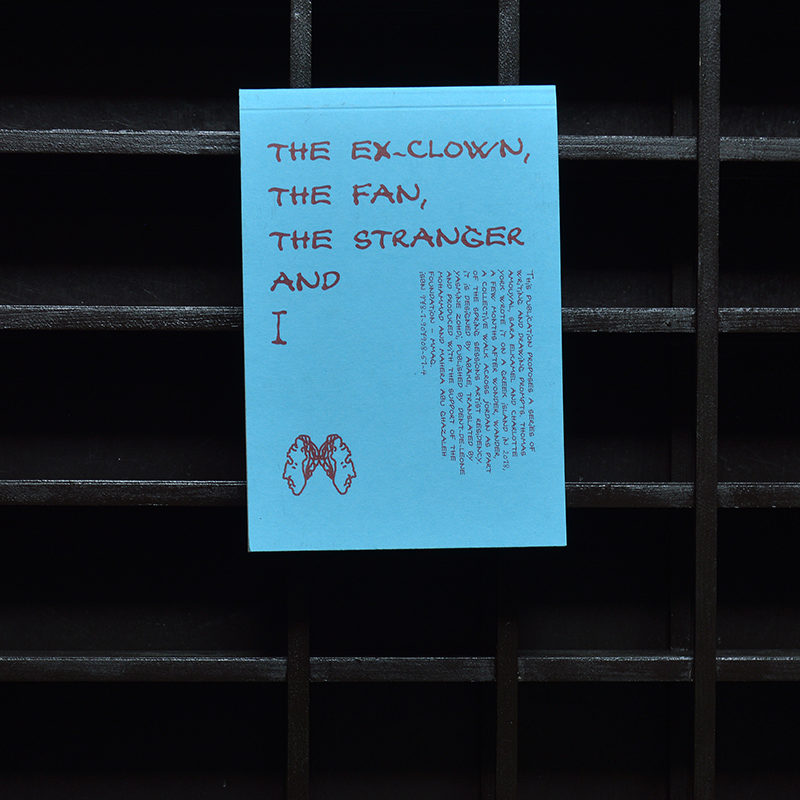
During ‘wonder, wander’, a collective walk across Jordan organized by the Spring Sessions annual artist residency, Thomas Amouyal, Sara Elkamel and Charlotte York arrived in Wadi Rum, welcomed by a ruthlessly dry heat. One morning in the red desert, they improvised a workshop where they gave the rest of the group a series of drawing and writing prompts. The collaboration sparked the idea for The Ex-Clown, The Fan, The Stranger, and I, a book that proposes 161 prompts to draw and write. The trio wrote it in September 2018 on the Greek island of Tinos—in between visits to a green beach—with the generous encouragement and contribution of Spring Sessions curators Noura Al Khasawneh and Toleen Touq and the ‘wondering, wandering’ artists present on the island: Hanaa Safwat, Kari Rosenfeld, Raymond Gemayel, Gian Spina Nuno Cassola, Parastoo Anoushahpour, Noura Salem, Melika Abdel Razzak and Soraya Ghezelbash. The publication was designed by Åbäke, translated into Arabic by Yasmine Zohdi, proofread by Habiba Effat, published by Dent-De-Leone and produced with support by The Mohammad and Mahera Abu Ghazaleh Foundation (MMAG). Imagined as a generative tool for artists and educators, the book prompts its users to make drawings and write texts that respond to everyday objects, imaginary characters, as well as physical and celestial bodies. As they create stories of their own, there’s an invitation for the book’s users to engage with the mundane, the absurd and the profound. ↑ ↓ ↓
€18,00
SOLD OUT
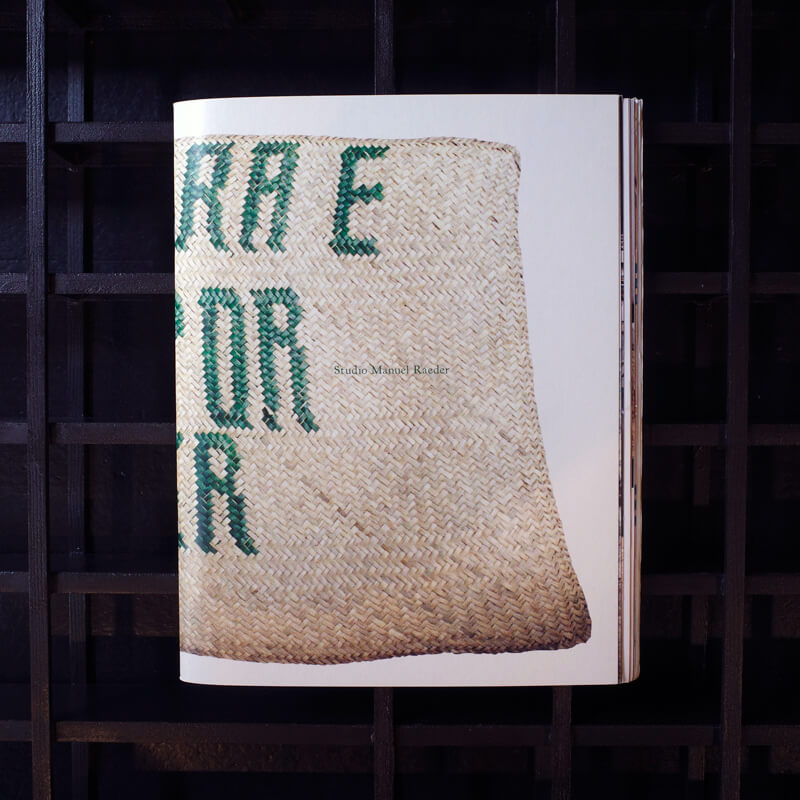
This catalogue accompanied the exhibition La Letra E está por doquier organized by Studio Manuel Raeder in collaboration with the Centro de Diseño in Oaxaca, Mexico and, subsequently, on display at the Archivo Diseño y Arquitectura in Mexico City, the Kunstverein München and Galerie Neu, Berlin. Two open structures of wooden cubes displayed a selection of catalogues and artist books produced by, and central to the practice of the Berlin based design studio over the the last decade. The publications were exhibited spatially amongst collected and found objects, such as pieces of Barro Negro (Black Clay) – a style of pottery originating from Oaxaca, which the designers collected during their interaction with local artisans and ancestral craft techniques. ↑ ↓ ↓
€26,00
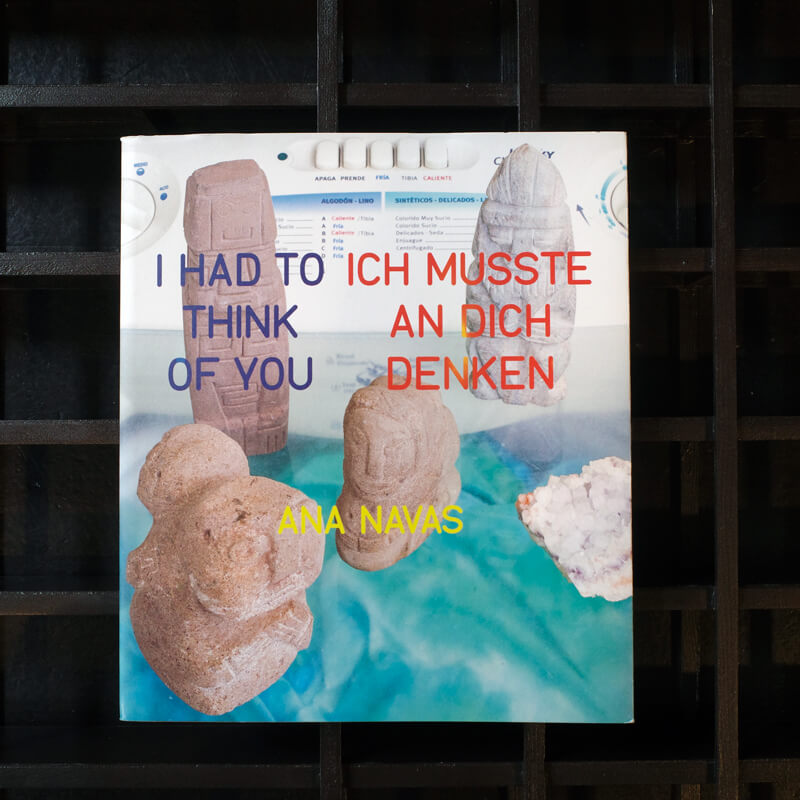
Ana Navas explores the border between design and art. Playfully, she tries to track down the mechanisms of how design affects our consumption of goods and investigate the essence of the possibilities to assimilate art in a context-free environment. The catalogue published on the occasion of the first institutional exhibition by Ana Navas at Galerie der Stadt Sindelfingen continues her artistic research, which deals with phenomena such as memory, translation, interpretation and authorship and documents a wide exchange of images and ideas. A collection of photographs the artist received from friends and acquaintances provides an insight into how her work is influenced and understood by others under the motto ‘I had to think of you’. ↑ ↓ ↓
€24,00
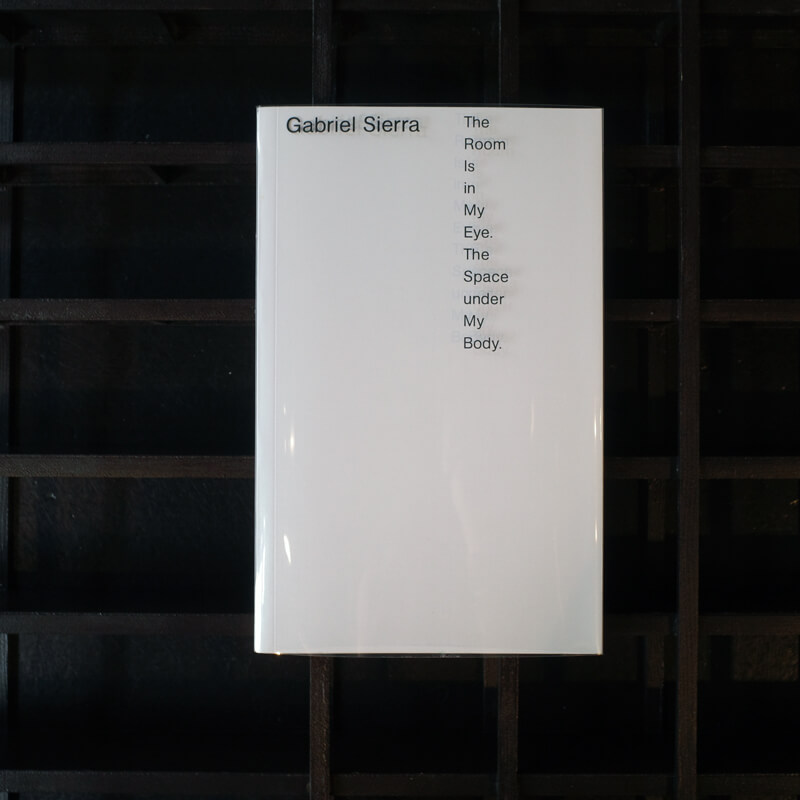
This publication is a continuation of Gabriel Sierras site-specific installation project at the Renaissance Society in 2015. Sierra is intrigued by the language of the spaces in which we live, work, and think. His practice employs a variety of techniques to examine how the human body functions in relation to its environment. The Bogotá-based artist’s first solo show in the United States consisted of a group of constructions to stand in, walk over, or lie down in, and relating abstractly to the idea of inhabiting different moments of space and time. The title of the exhibition changed every hour to frame the specific moment in which the visitor experienced the work. ↑ ↓ ↓
€24,00
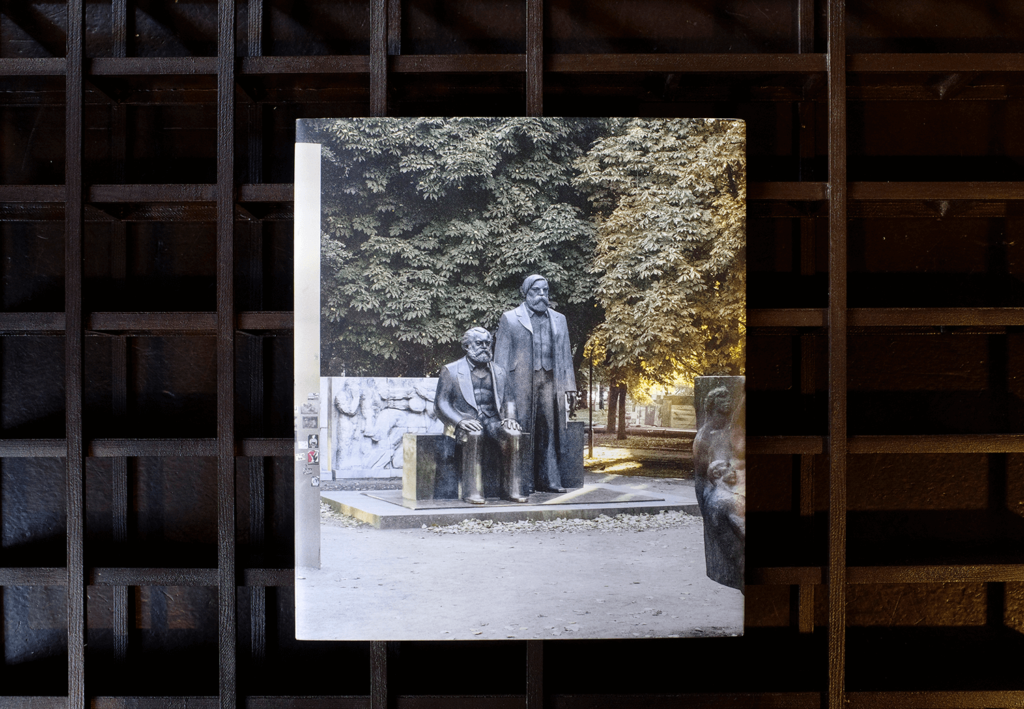
In 1986, four double-stelae were erected in Berlin as a part of the Marx-Engels-Forum, which display 144 photographs, showing the development of the working class. Commissioned by the state, filmmaker Peter Voigt and photographer Arno Fischer developed a formal translation for Marx’s and Engel’s philosophy of history. In line with their documentational focus, the two artists were concerned with demonstrating the historical situation of the international working class, its grief, and its overcoming. The photographs, compiled from archives worldwide, constitute the foundation of the project. The chosen motifs respond to historical events as well as figures, depict everyday life and illustrate “circumstances”. ↑ ↓ ↓
€28,00
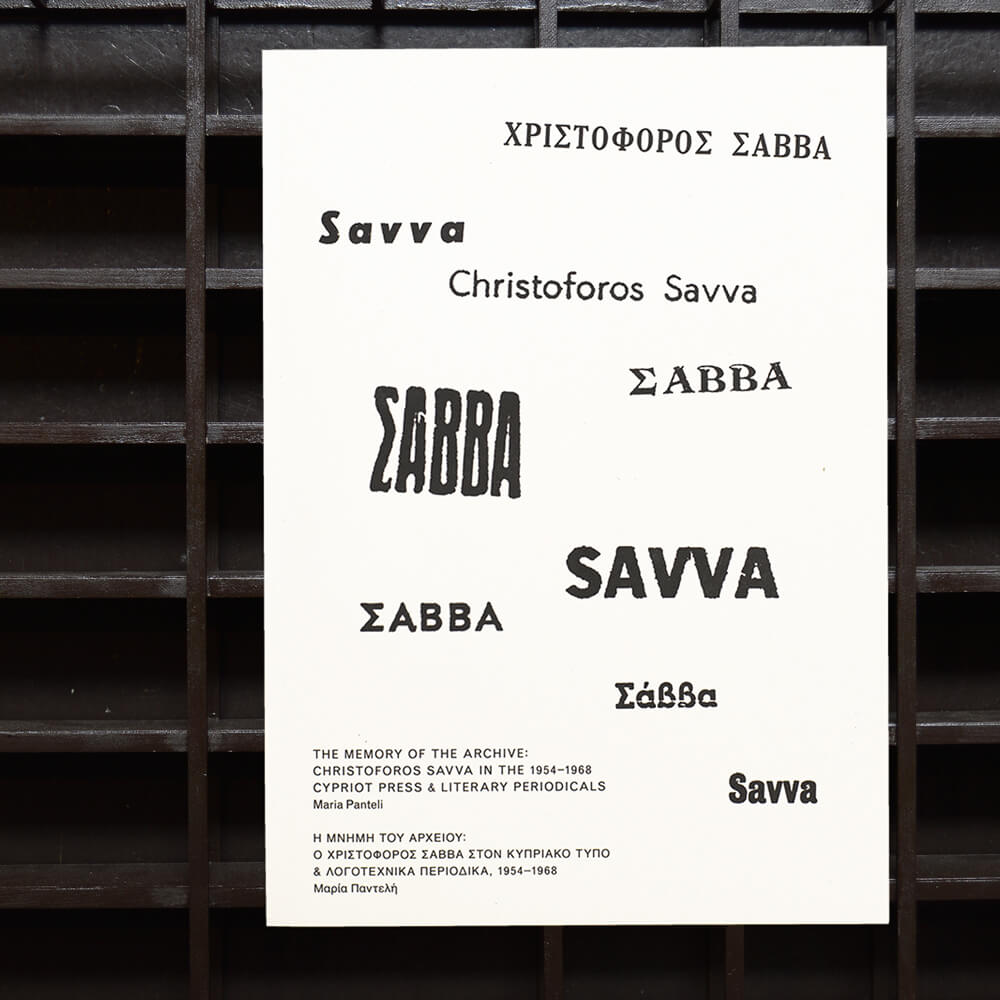
The Memory of The Archive: Christoforos Savva in the 1954–1968 Cypriot Press & Literary Periodicals is published on the occasion of the survey exhibition project Untimely on Time: Christoforos Savva (1924–1968), co-organised by the Cyprus Ministry of Education and Culture, Cultural Services and Point Centre for Contemporary Art, Nicosia and presented at the State Gallery of Contemporary Art – SPEL, Nocosia, Cyprus, between 31 January and 31 March 2019. The book is a compilation and an archive of press cuttings, consisting of more than two hundred articles, commentaries, reports, and advertisements that appeared in the mainstream Cypriot press and literary periodicals between 1954 and 1968 and relate to the Christoforos Savva. The press cuttings are treated as objects with a story, a narrative worth telling with the goal of shedding new light on the artist’s life and career. ↑ ↓ ↓
€25,00



